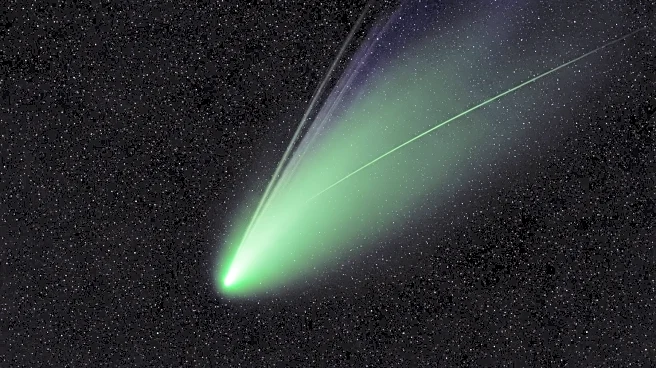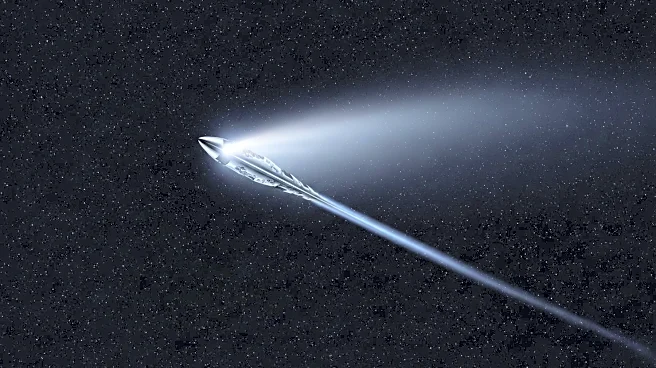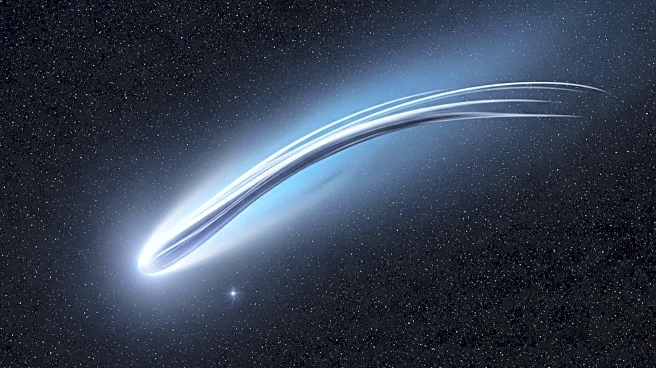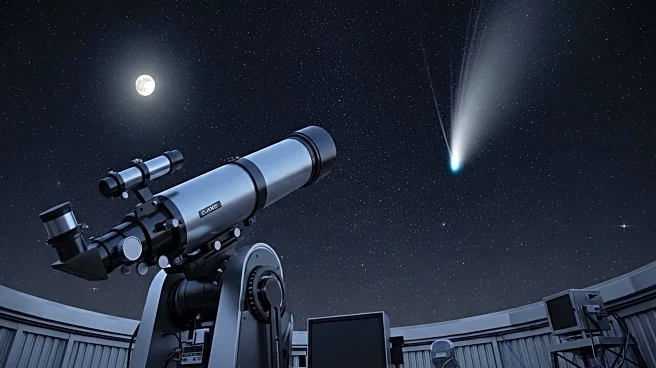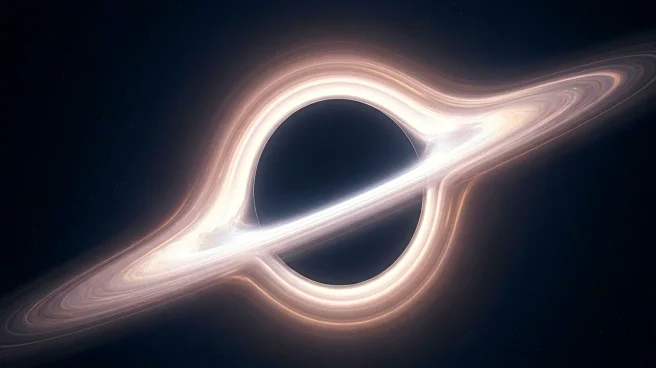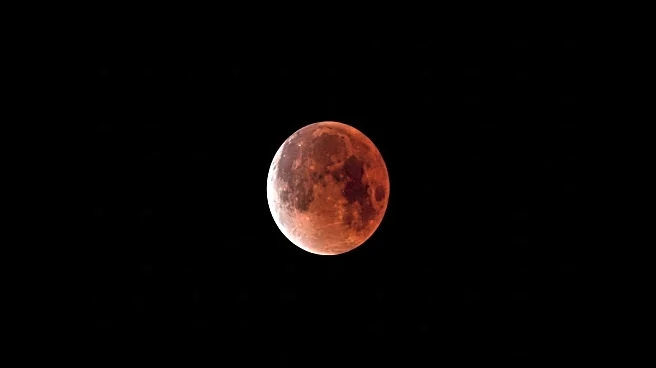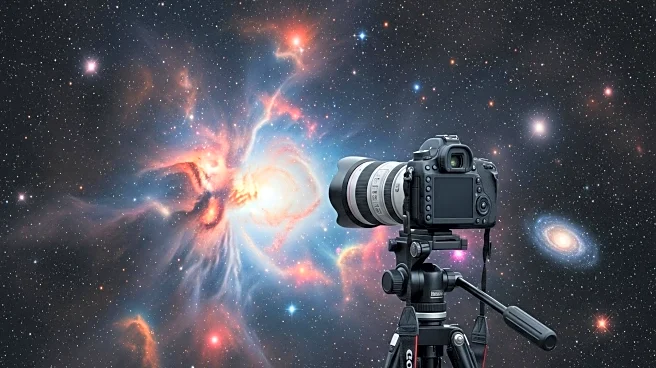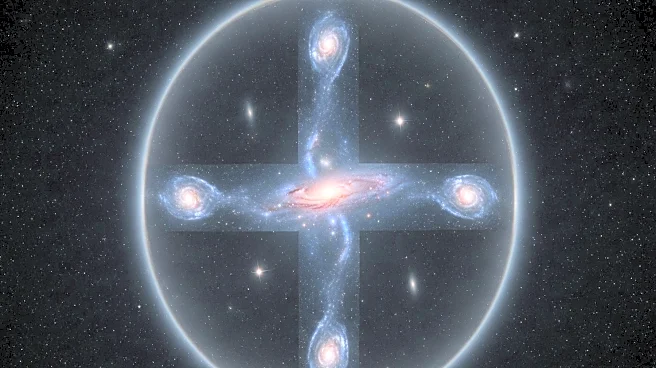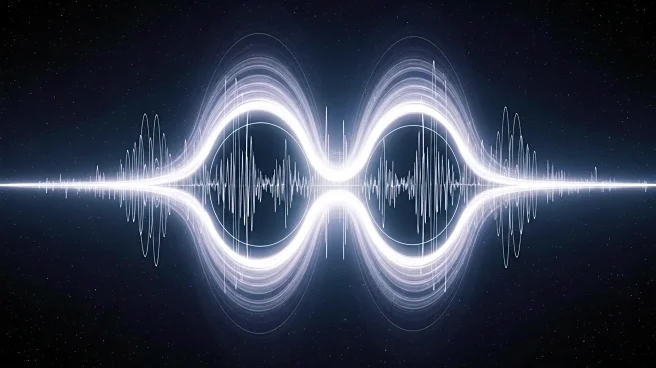What's Happening?
Interstellar comet 3I/ATLAS, observed during a lunar eclipse, is displaying a peculiar green glow, raising questions about its chemical composition. Typically, comets emit green fluorescence due to dicarbon molecules, but 3I/ATLAS lacks these molecules. Scientists speculate that another molecule may be responsible for the green appearance. Observations reveal the presence of carbon dioxide, nickel, and cyanogen, but these do not usually cause green fluorescence, leaving the comet's chemistry a mystery.
Why It's Important?
The unusual green glow of 3I/ATLAS challenges existing understanding of comet chemistry, prompting further investigation into its molecular composition. This discovery could lead to new insights into the behavior and characteristics of interstellar comets, expanding knowledge of cosmic phenomena. Understanding the chemical processes at play may also have implications for studying other celestial bodies and their interactions with solar radiation.
What's Next?
Scientists will continue to monitor 3I/ATLAS as it approaches Earth, collecting data to unravel the mystery of its green glow. The comet's closest pass to Earth in December will provide an opportunity for more detailed observations. Researchers aim to identify the molecule responsible for the fluorescence, potentially leading to breakthroughs in comet chemistry and interstellar object studies.
Beyond the Headlines
The study of 3I/ATLAS highlights the complexities of interstellar comet chemistry, emphasizing the need for advanced observational techniques and collaborative research efforts. It underscores the importance of international cooperation in space exploration, as scientists worldwide work together to solve cosmic mysteries.

